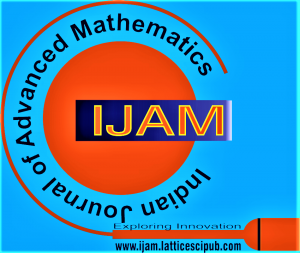![]()
An Elementary Proof for Fermat’s Last Theorem using Ramanujan-Nagell Equation
P. N. Seetharaman
P. N Seetharaman, Retired Executive Engineer, Energy Conservation Cell, Tamil Nadu State Electricity Board, Anna Salai, Chennai (Tamil Nadu), India.
Manuscript received on 05 October 2024 | Revised Manuscript received on 10 October 2024 | Manuscript Accepted on 15 October 2024 | Manuscript published on 30 October 2024 | PP: 10-15 | Volume-4 Issue-2, October 2024 | Retrieval Number: 100.1/ijam.B118004021024 | DOI: 10.54105/ijam.B1180.04021024
Open Access | Editorial and Publishing Policies | Cite | Zenodo | OJS | Indexing and Abstracting
© The Authors. Published by Lattice Science Publication (LSP). This is an open-access article under the CC-BY-NC-ND license (http://creativecommons.org/licenses/by-nc-nd/4.0/)
Abstract: Fermat’s Last Theorem states that it is impossible to find positive integers A, B and C satisfying the equation An + Bn = Cn where n is any integer > 2. Taking the proofs of Fermat for the index n = 4, and Euler for n = 3, it is sufficient to prove the theorem for n = p, any prime > 3. We hypothesize that all r, s and t are non-zero integers in the equation r p + sp = tp and establish a contradiction in this proof. To support the evidence in the above equation, we have used another equation: x³ + y³ = z³. Without loss of generality, we assert that both x and y are nonzero integers; z3 is a non-zero integer; z and z2 are irrational. We transform the above two equations using parameters, incorporating the Ramanujan-Nagell equation. Solving the transformed equations, we prove the theorem.
Keywords: Transformed Fermat’s Equations through Parameters. 2010 Mathematics Subject Classification 2010: 11A–XX.
Scope of the Article: Applied Mathematics
